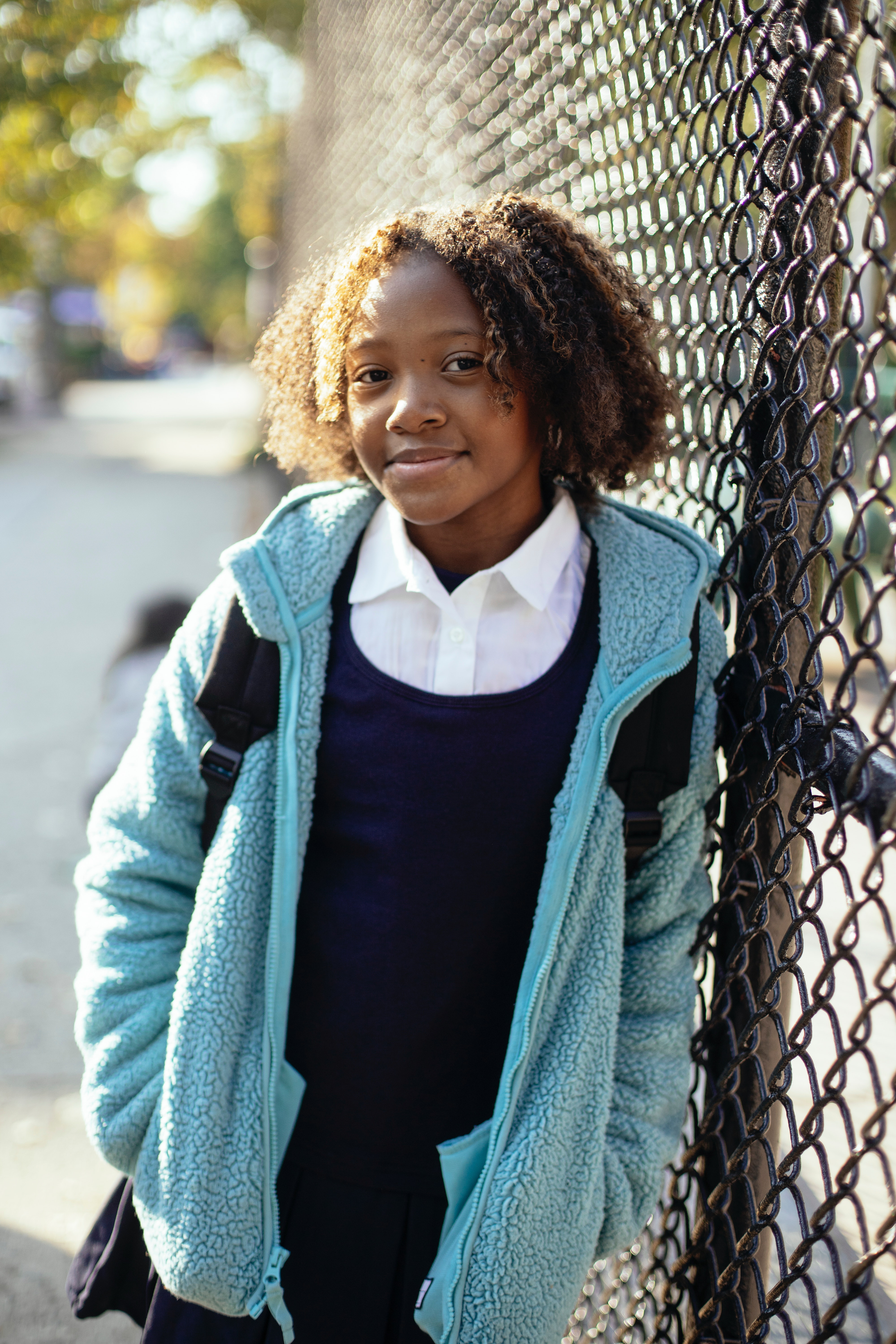
Every day across the United States, students look forward to seeing one particular person when they walk into school. It’s not a classmate or a teacher. It’s their school counselor — the one person they feel truly hears, protects, and values them during the time they spend on campus.
But when that counselor has potentially hundreds of students assigned to them, it’s tough for them to really check in with each and every student about their individual emotional well-being and mental health.
With the challenge of post-pandemic learning loss, along with the mental health crisis among Black youth, students, families, mental health staff like counselors, school psychologists, and nurses need all the help they can get.
That’s why, in July at the American School Counselors Association annual conference, both the progress made in decreasing the ratio, as well as the work that still needs to be done, were on the agenda. As was the fact that schools attended primarily by white students show the most improvement.
Fewer Students Per Counselor
Using data from the U.S. Department of Education’s National Center for Education Statistics, researchers found that, for the 2021-22 school year, the average counselor-to-student ratio was 408 students for every counselor, the lowest since ASCA began tracking ratios in 1986. During the 2020-21 school year, the ratio was 415:1.
Even with the decrease, the ratio is still way too high. The ASCA recommends 250 students to one counselor.
Georgia Congresswoman Lucy McBath spoke on this at the ASCA conference, saying school counselors need tools that allow them to “continue to invest in our students’ psychological welfare, which really helps to support the entire family academically.”
Race Impacts the Ratio
The analysis found only 14% of districts met the recommended ratio of students to school counselors. Districts that were at least 75% white were more likely to meet the recommended ratio.
As shown in studies like Education Trust’s analysis of higher-need districts compared to lowest-need districts, we see discrepancies in funding to the schools and students who need support the most.
Celeste Malone, the immediate past president of the National Association of School Psychologists and associate professor of school psychology at Howard University, said she chose to be at the historically Black university because it was important to both build the diversity of school-based mental health providers and have them focus on culturally responsive practices that directly tie into students lived experiences.
“We know there’s a lack of school-based mental health providers in general,” Malone tells Word In Black.”But, acutely, there’s a lack of school-based mental health providers of color, and so we are very much mixed-matched with the school-age population that we serve.”
Malone says that although there is a shortage of the very much-needed school psychologists, those who are in place working with this specific population have a duty to approach the job in a wholesome manner.
“It’s going in with an open mind and practicing from a space of cultural humility,” Malone says. “We recognize the limits of our own knowledge. We acknowledge that students, families, those who we serve are the experts on their own experience and we should be trying to learn from them.”
The full reality of some low-income and minority students, like living in a food desert or attending a school without air conditioning, has to be taken into consideration during a time when youths are facing a mental health crisis.
“Students can’t learn if they are not fully present in the classroom,” Malone says, because things like depression, anxiety, and food insecurities are distractions.
“We need to focus on building those relationships, making sure students feel safe and supported because it frees their minds not to have to worry about some of those things.”
Creating Solutions Despite Recruitment Hardships
While recruitment and retention numbers are low among school-based mental health providers, Malone says there are other ways to address the disproportionate ratio besides hiring more psychologists.
“That’s an ongoing challenge. Demand for our services is increasing where our supply hasn’t grown to meet that demand,” Malone says. “ Everything was exacerbated with COVID, then ongoing school violence and other traumas our students are experiencing.”
One solution is for current school counselors and psychologists to provide teachers with additional tools and resources to assist kids in ways they can. Giving them the information they need gives mental health providers more time “for the more acute and severe cases where we do need to provide that individual counseling or provide assessment services.” Malone says.
“Specific to school psychology, we think about indirect service delivery and how we consult with teachers,” Malone says. “If we’re able to work with teachers, provide them with classroom management strategies, as well as other techniques to help them recognize students’ emotions, validate those emotions, and provide those basic supports… that mitigates a lot of challenges.”
“As we build teacher capacity, that’s 30-plus students we serve indirectly, and that frees us for the more acute and severe cases where we do need to provide that individual counseling or provide assessment services.”
And it’s important to make sure students are aware of healthy practices.
“Another idea is around building student capacity and thinking about mental health lessons, psycho educational lessons, about mental health, and teaching them coping skills so that they’re also able to support each other,” Malone says.



